Meanwhile, on the South China Sea . . .
A classic case of international greed in the name of economic “progress” that’s destroying vast numbers of animals and their homes.
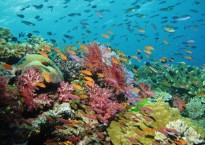
A classic case of international greed in the name of economic “progress” that’s destroying vast numbers of animals and their homes.
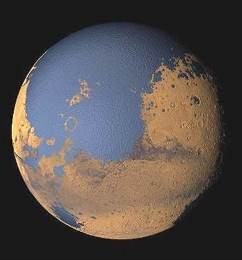
Mars today, and how it may have looked in its early days with what astronomers believe was a large northern ocean. Ladies, you may not,…
A distant view of Earth from NASA’s Cassini spacecraft , which has been exploring the Saturn system since June, 2004. You can barely see a very…
Great photo of one of our cosmic neighbors, the Pinwheel Galaxy – our nearest face-on spiral galaxy, just 27 million light years away. This photo was…
The Avebury henge, by Gregg Parker. This is the Avebury Stone Circle, which surrounds the village of Avebury, near Stonehenge in southwest England. Built nearly 3,000…
Terrarism, terrarists and terracide: words coined on the TomDispatch blog to refer to the the men who run what may be the most profitable corporations on…
The ice that covers Europa is 60 miles thick. But the ocean that it covers is a rich, salty mix that appears not to be very different in makeup from our own ocean. And, according to a new study, there are breaks in the ice that allow the water to come up to the surface, So there’s a constant exchange of ice and water. And that means if you want to know what’s going on in the ocean, 60 miles down, you only have to scrape a little ice off the surface.
Sounds like a mission for a Mars-type rover. And that’s exactly what NASA is thinking, too.
Fresh from analyzing a sample of rock, the Mars rover Curiosity has answered a key question: Could the Red Planet have once supported life? “From what…
In the wake of the asteroid fly-by two weeks ago, and the meteorite that slammed into Russia the same day, we now hear that Mars might…
NASA has just informed us that their newest satellite, NuSTAR, has captured a pic of the black hole at the center of our Milky Way galaxy…
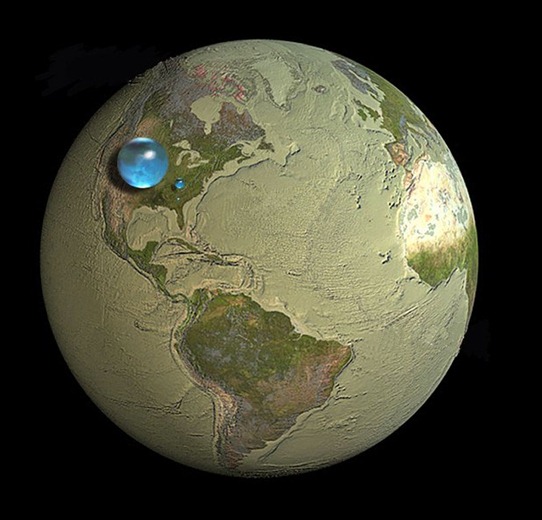
If you took all the water in the world and scooped it into one big ball – the oceans, ice caps, rivers, wells, clouds, the water…

My camera couldn’t do justice to the eclipse last night, but here are a couple of photos that capture exactly what it looked like from outside…
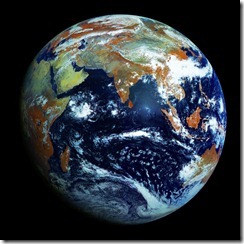
High above the Indian ocean, a geo-stationary Russian weather satellite captures high-resolution photos of the planet. Videographer James Drake has put the images together into a…
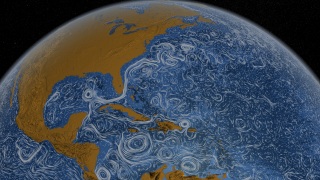
This remarkable video of our living ocean planet shows how ocean currents flowed around the world during the period from June 2005 through December 2007. The…

A sanctuary on Mars for elephants spirited out of zoos by Bob Barker? No, just the latest “face” seen in hi-res photos from Mars. This one…
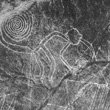
The high plains of southern Peru are famous for the Nazca Lines – animal shapes about an eighth of a mile long that were carved into the high plateau land around 400 C.E. and were once thought by some, like the controversial author Erik von Daniken, to have been landing strips for extraterrestrials.
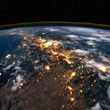
Time lapse photography onboard the International Space Station from August to October, 2011.
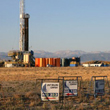
A series of small earthquakes in Ohio and Arkansas has more and more people worried that the quakes are being caused by companies pumping water into the ground – either as waste water or to drill for natural gas.
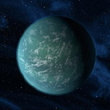
Renowned scientist Dr. Stephen Hawking believes we Earthlings should be making serious plans to move elsewhere. He’s worried that we’ve screwed up this planet so badly we should find another one.

Animals may sense chemical changes in groundwater that occur when an earthquake is about to strike.